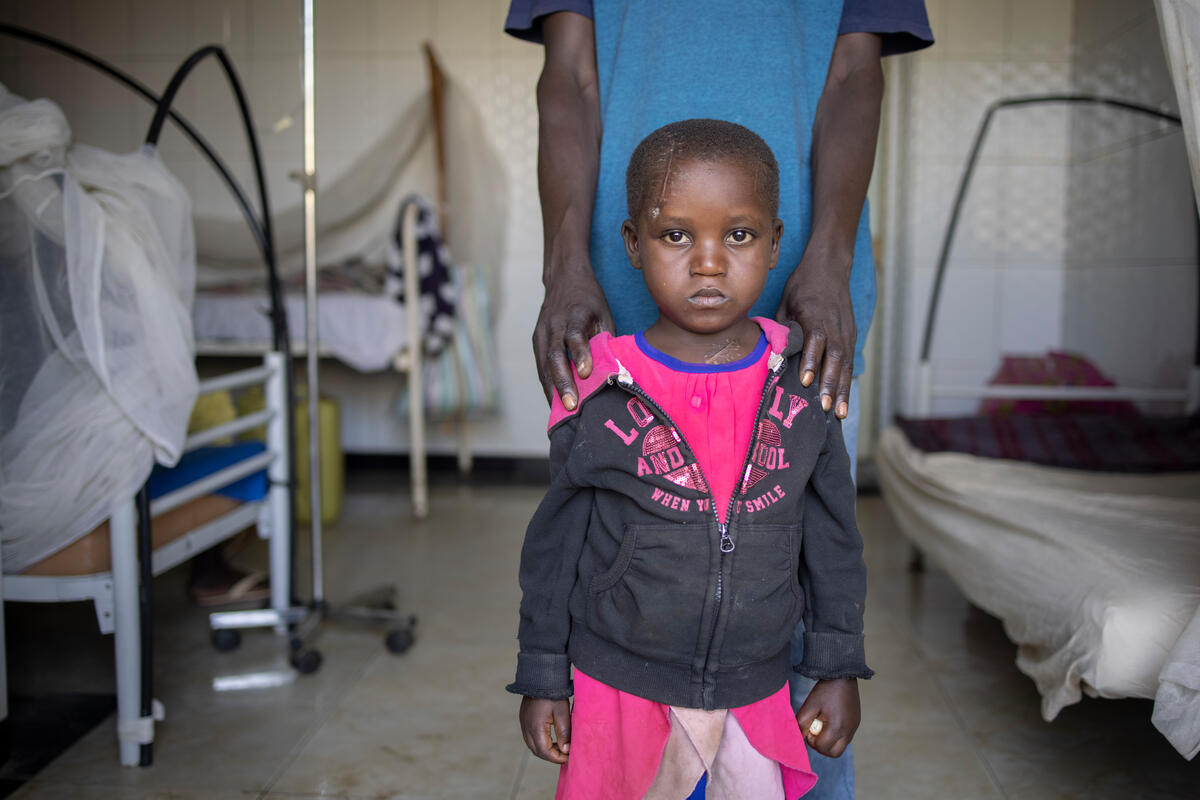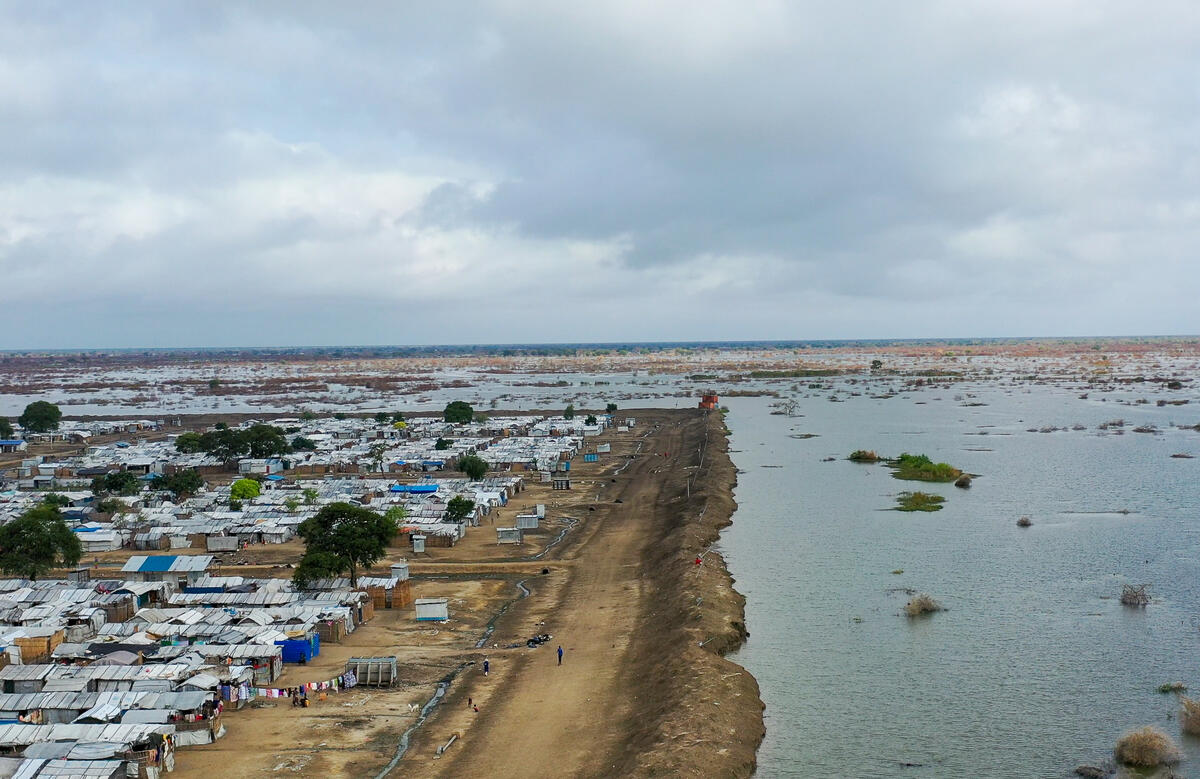Some 350,000 people in urgent need of help in Goma
Some 350,000 people in urgent need of help in Goma

UNHCR, the UN Refugee Agency, continues to assist thousands of people affected by the eruption of the Mount Nyiragongo volcano near the city of Goma in the Democratic Republic of the Congo (DRC) on May 22. Some 350,000 are estimated to be urgent need of humanitarian assistance.
An estimated 450,000 people have fled Goma - around 120,000 of those have arrived in the neighbouring town of Sake in the eastern province of North Kivu. Around 8,000 also crossed the border into Rwanda, though the majority have since returned.
Most of the displaced are currently being sheltered by host families, while others are staying in overcrowded churches and schools. Displaced people are in urgent need of housing and basic items like sleeping mats, blankets and kitchen utensils following the volcanic eruption.
The city has experienced more than a thousand earthquakes and tremors following the eruption, most of them small, but some strong enough to level buildings.
Many people’s houses were destroyed by the lava flow, but many more had to leave following the evacuation order for the eight areas of Goma that are most at risk if another eruption hits the city.
Immediately after arriving in the town of Sake west of Goma, UNHCR began assisting people who had followed the evacuation order and is currently assessing needs in other areas. Since 28 May, UNHCR has been assisting displaced populations by providing communal shelters to decongest schools and churches, and core relief items including, tarpaulins, blankets, and hygiene kits.
This assistance has been provided as part of the international community’s ongoing efforts, but it is not enough to cover all the needs. Assessments on the ground show that shelter is the most urgent need, as are water and food. UNHCR continues to work in Sake, focusing now on building a site that will allow the displaced to leave schools and churches, and permit children to get back into the classroom.
Many people have been taken in by host families. As is seen so often in Congo whether due to conflict or natural hazards, people are generously helping the displaced, sharing what little they have.
There is also a need to for psychosocial care in hosting areas, as requested by doctors at the regional hospital, since so many people are coming forward with signs of trauma. The same will be needed in schools, and UNHCR will work with UNICEF and others on ways to support families who fled. UNHCR also sent a team to Rutshuru, a town 70 kilometres northeast of Goma, to assist efforts there and connect with a large number of refugees who were already in the area, or who fled there after the eruption.
The earthquakes have become less intense, but there are still questions about magma streams under the city. If and when a return to Goma will be possible, rebuilding will be challenging – the city is at the foot of an active volcano and on a shifting rift.
We are also getting back to work on conflict-related emergencies in North Kivu, including responding to recent ADF attacks and planning a distribution to people displaced by conflict in the Masisi territory that was interrupted when a road collapsed the week before the volcano, and by subsequent staff evacuations.
The challenges in North Kivu province were already huge before this latest displacement, as conflicts and violence have uprooted over 2 million people in the province including 450,000 this year alone.
For more information on this topic, please contact:
- In Kinshasa, DRC, Johannes van: Gemund [email protected], +243 817 009 484
- In Goma, DRC, Sanne Biesmans, [email protected], + 243 829 968 603
- In Pretoria (regional) Helene Caux, [email protected], + 27 82 376 5190
- In Geneva, Boris Cheshirkov, [email protected], +41 79 433 76 82
- In Geneva, Babar Baloch, [email protected], +41 79 513 9549
- In New York, Kathryn Mahoney, [email protected], +1 347 443 7646









